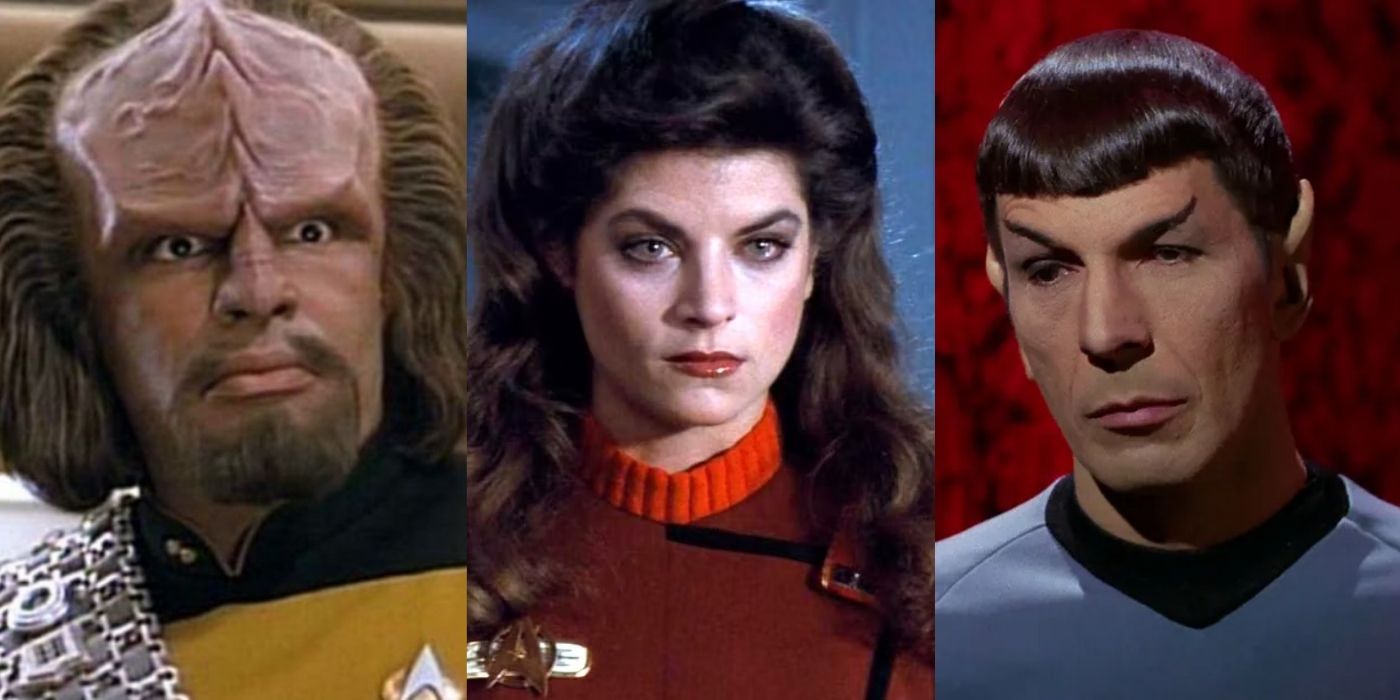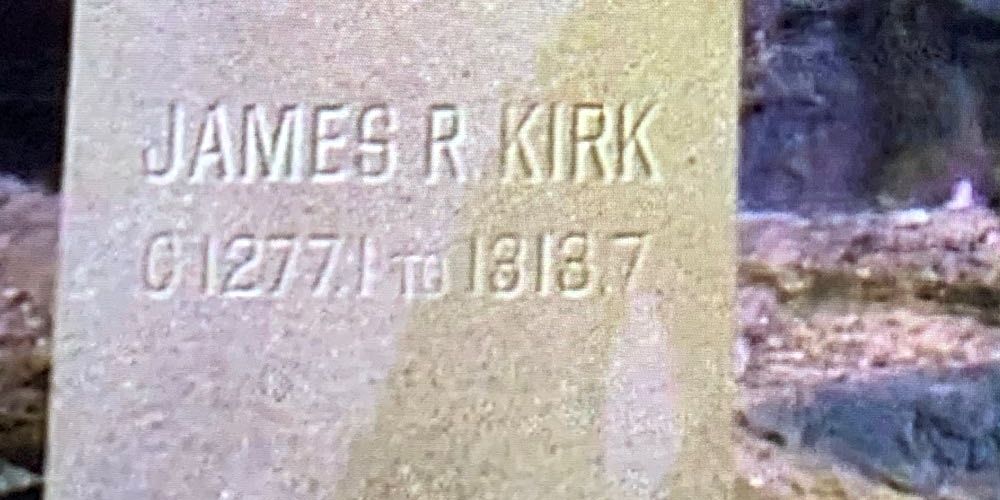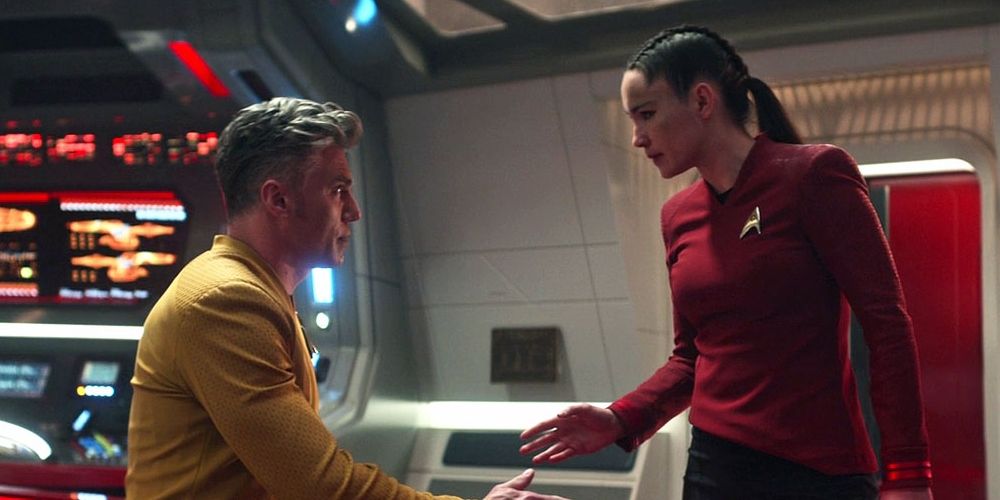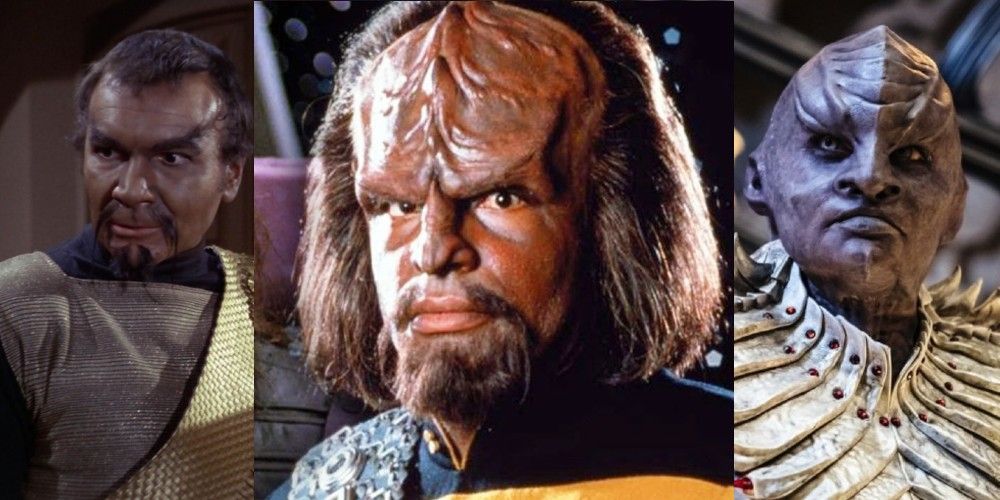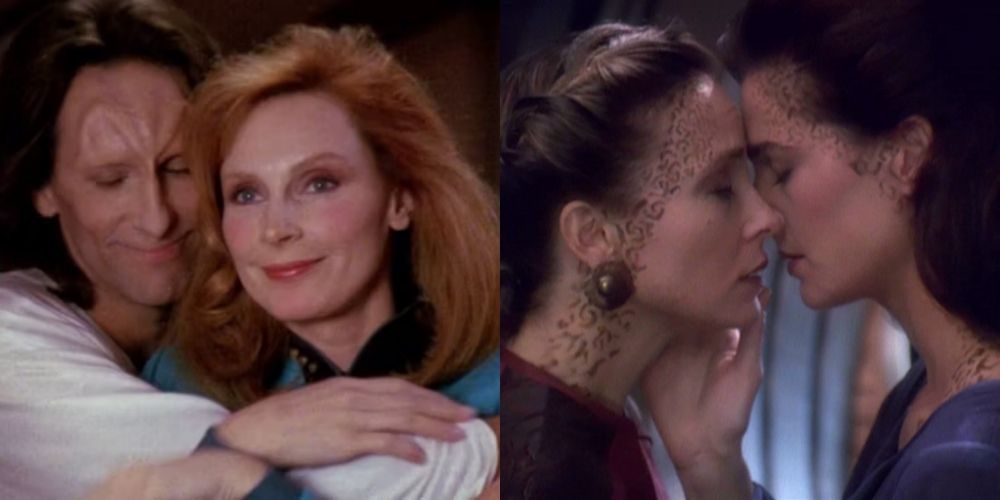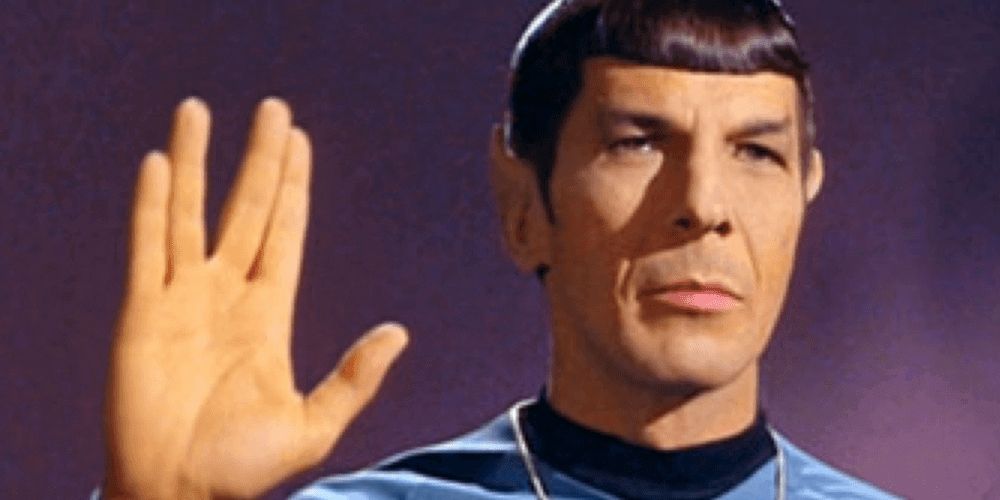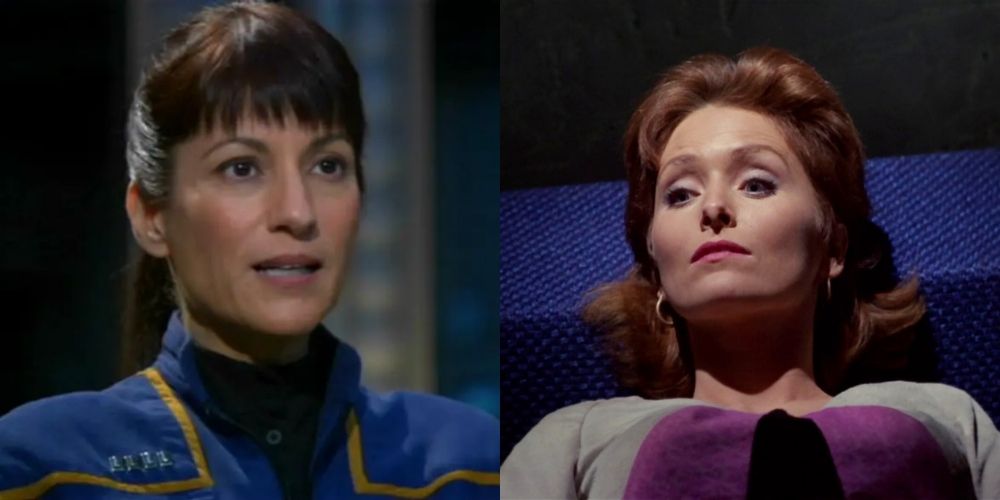Star Trek made its debut on television in 1966. Although the original series ended after just three years, the franchise continues to make new television series and movies well into the twenty-first century. The franchise has included stories spanning the 22nd, 23rd, 24th, 25th, and 32nd centuries. With such a long lifespan of stories to tell, it shouldn’t be a surprise that the canons have not remained consistent.
Star Trek has more than its fair share of retcons. Some of these retcons have been accidental mistakes that became official canon, while others were purposeful changes. Regardless of the original reason for the retcon, many of the official changes to Star Trek canon have changed the franchise for the better.
10 The Crew’s Retconned Universal Insignia Is Iconic
One of the most iconic symbols in Star Trek is the delta. This symbol is found on the crew’s uniforms and all over official Star Trek merchandise. On Strange New Worlds, the delta can be seen on pillows, cups, and even sleepwear. The symbol itself is the unofficial symbol of Star Trek as whole.
But this has not always been the case. In early episodes of The Original Series, the crew of the Enterprise consistently wear the delta symbol. But other members of Starfleet wear different symbols. The symbol becoming unanimous for all Starfleet personnel gives the universe better consistency and connect the sometimes widely different television shows.
9 James Kirk’s Middle Name Is Changed To Tiberius
Although “The Man Trap” was the first episode of The Original Series to air, the first episode of the series to be made was “Where No Man Has Gone Before.” In this episode, Captain James Kirk’s best friend, Gary Mitchell, develops god-like powers and is determined to fight Kirk to the death. In preparation for this death, Mitchell builds a tombstone with Kirk’s name.
Except there’s one problem: the tombstone lists Kirk’s name as “James R. Kirk.” Afterwards, Kirk’s name would be retconned to James Tiberius Kirk, and he consistently refers to himself as “James T. Kirk.” This retcon impacted the franchise enough that a younger version would proudly scream his full name at a cop in the 2009 reboot.
8 Captain Christopher Pike Is Used To Women On His Bridge
In the original Star Trek pilot, Captain Christopher Pike sees a female yeoman on his bridge and states, “I can’t get used to having a woman on the bridge.” He also tells Number One that she doesn’t count as a woman. Although this attitude makes sense within the time frame the episode was made, it is retconned with Pike’s appearances in both Discovery and Strange New Worlds.
The Pike in modern Trek is definitely used to having women on the bridge. Pike’s interactions and respect for characters such as Erica Ortegas, Jenna Mitchell, Nyota Uhura, Number One, and La’an Noonien-Singh make the franchise much better.
7 Presumptions About Doctor Bashir’s Background Are Corrected
Dr. Julian Bashir’s most notable character growth is found in the Deep Space Nine season five episode, “Doctor Bashir, I Presume?” The episode reveals that Bashir is the product of genetic engineering. As genetic engineering is illegal in the Federation, everything that Bashir values – his place on the station and his career – is in jeopardy when Starfleet finds out his secret.
Although Bashir escapes prison time and is able to stay on the station, the episode is a turning point in his characterization. The episode explores the deep emotional toll Julian’s secret has taken on him throughout his life, making him a more well-rounded character.
6 The Klingon Update Makes Them Look Alien
The budget and technology of The Original Series resulted in many of the aliens not having a very complex look. This is especially true of the Klingons, who looked largely human.
The first major update to the look of the Klingons occurs in The Search For Spock, which gives them their trademark forehead ridges. The look is refined again forStar Trek: The Next Generation and each series continues to update the look. The decision to make the Klingons look like actual aliens makes them a much more formidable enemy, and later, a more interesting ally.
5 The UESPA Becomes Starfleet And Makes The Enterprise Represent The Federation
In early episodes of The Original Series, the Enterprise is working for the United Earth Space Probe Agency (the UESPA) instead of Starfleet. Likewise, there are mentions of Earth ships, outposts, and bases instead of the Federation.
Starfleet is first mentioned in the 20th episode of the first season of The Original Series. The Federation takes longer to define, with season two references to both an “Earth Federation” and “a Federation of Planets.” By the third season of The Original Series, the logo for the United Federation of Planets is clearly seen onscreen. The retcon of the Federation and Starfleet’s existence makes the Star Trek universe about the hopeful alliance of multiple planets, aliens, and cultures with different beliefs.
4 Spock’s “Human Ancestry” Becomes His Mother
In “Where No Man Has Gone Before,” Spock comments that one of his ancestors married a human woman. In the context of the scene, Spock clearly implies that the human part of his heritage is in the distant past. However, the episode “Journey to Babel” makes it canon that Spock’s “ancestor” is actually his human mother, Amanda Grayson.
Spock’s half-human heritage has played a significant role in movies, TV episodes, books, and The Animated Series. Being exactly half-human has always been at the center of Spock’s character development. These scenes would not have made as much sense if Spock’s human “ancestor” had continued to be in the distant past.
3 The Change From TNG Trill To DS9 Trill Makes More Interesting Aliens
The Next Generation introduces the Trill as an alien species. But in this interpretation of the species, the hosts have bumpy heads, and all the personality is carried within the symbionts. When Deep Space Nine introduced Jadzia Dax into the script, it changed the Trill entirely
The symbionts retain memories of past lives, but the personality changes with each host. The hosts also have complex facial markings instead of bumpy foreheads, and the species has been in contact with the Federation since at least the 23rd century. These changes improve the overall storyline of the Trill, making them an interesting part of the Star Trek universe.
2 People From Vulcan Are Known As Vulcans
Early episodes of Star Trek refer to people from Vulcan as “Vulcanian.” Spock refers to himself that way, and Captain Kirk refers to Spock as being “half-Vulcanian.” Later episodes refer to people from Vulcan as simply Vulcans, and that retcon continues to be the correct term.
Vulcans are one of the primary species within the Federation, and it is difficult to imagine the species being called by any other name. Certainly, Dr. McCoy asking, “Are you out of your Vulcanian mind?” does not have the same ring as his preferred form of address for Spock.
1 Women Can Be Starship Captains After All
In the last episode of The Original Series, “Turnabout Intruder,” Janice Lester infamously claims, “Your world of starship captains doesn’t admit women.” Janice Lester is plainly asserting that in Starfleet, women are not allowed to be starship captains.
Although an understandable line when it aired in 1969, the line is retconned repeatedly. In the TOS-Era movies, Saavik is seen training for the command track and is placed in temporary command multiple times. Enterprise makes Captain Erika Hernandez canon a century before Lester’s existence, and Strange New Worlds makes Captain Batel have higher security clearance than Pike. Proving that the world of starship captains does admit women allows Star Trek to once again demonstrate its ongoing dedication to equality.
